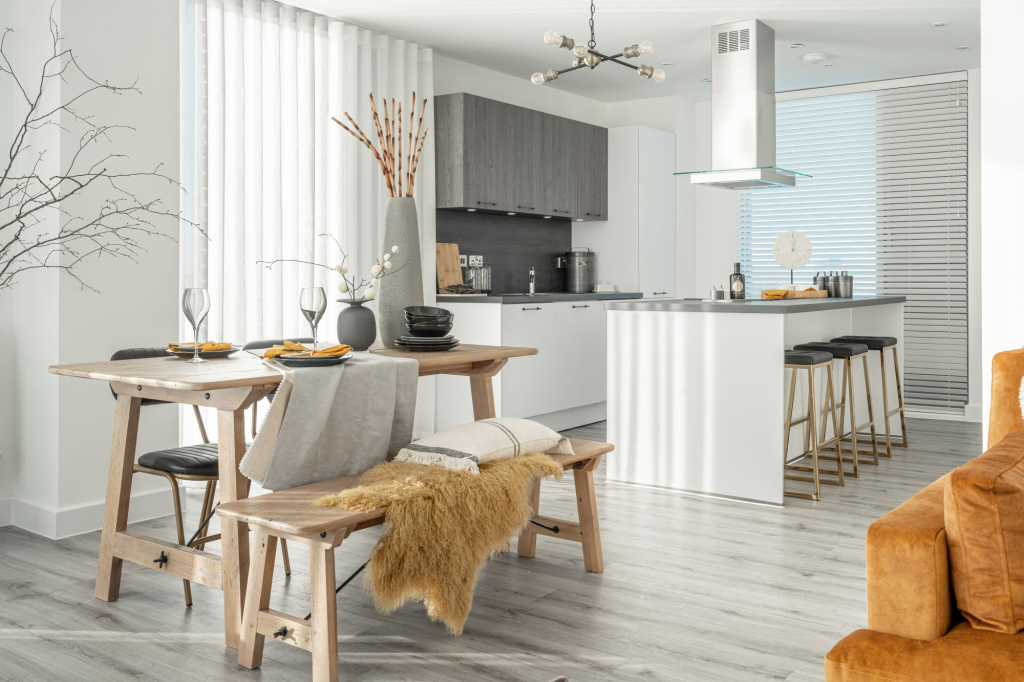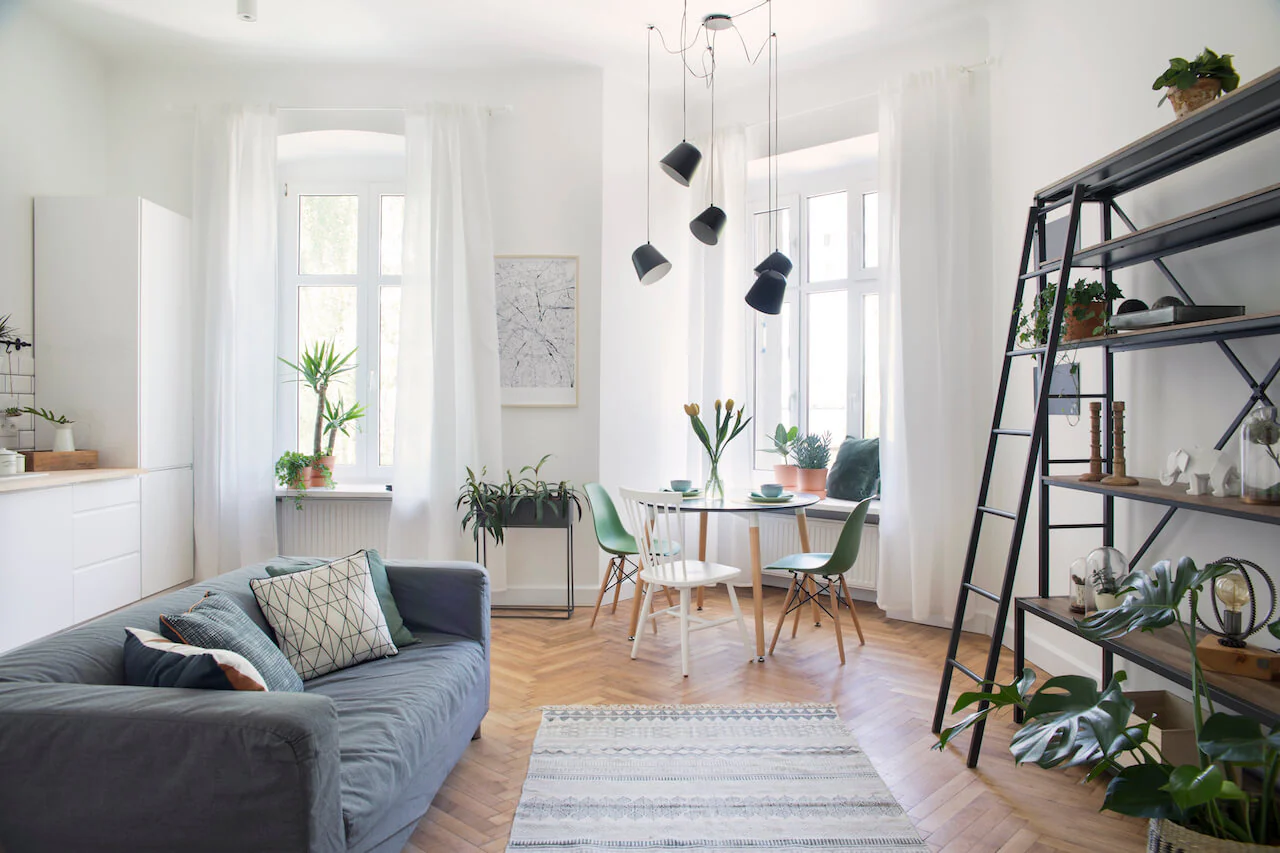Living in a small apartment often comes with the challenge of making limited square footage feel both functional and stylish. For many, the struggle is not only about fitting furniture but also about creating a home that feels comfortable and inviting. With the right approach, small apartments can feel open, bright, and practical without sacrificing design. This article explores clever hacks and interior design strategies that help you maximize space while maintaining a sense of style and personality.
Why Maximizing Space in Small Apartments Matters
Space optimization is not just about squeezing furniture into every corner—it’s about improving quality of life. A thoughtfully designed apartment feels less overwhelming and more livable, even when it’s compact. Small spaces can easily appear cluttered and stressful, but a few smart adjustments can make them feel calm, organized, and welcoming. By maximizing storage, enhancing natural light, and choosing furniture wisely, you create a space that supports your lifestyle instead of restricting it.
Smart Layout & Furniture Choices

One of the most effective ways to expand the feel of a small apartment is through intentional furniture choices. Multi-functional pieces like sofa beds or dining tables that extend when needed are excellent solutions for limited square footage. Similarly, modular furniture allows you to adapt your setup depending on your needs, offering flexibility without overwhelming the room. Open-concept layouts also help a small apartment feel more expansive, as removing unnecessary partitions or bulky dividers creates a natural flow between spaces.
Storage Hacks for Tiny Spaces
Storage is one of the biggest concerns in small apartments. Vertical solutions, such as shelving that extends to the ceiling or hanging racks in unused corners, make use of overlooked areas. Hidden storage, like under-bed compartments or built-in benches with lids, can transform dead space into valuable utility. Beyond furniture, decluttering is itself a form of design. By removing excess items and focusing on essentials, your apartment not only becomes easier to navigate but also visually more appealing.
Lighting & Color Tricks
Lighting and color choices can dramatically change the perception of space. Natural light is one of the most powerful tools for enlarging a room, so windows should be left unobstructed whenever possible. Mirrors strategically placed near sources of light can multiply brightness and give the impression of depth. In terms of color, soft neutrals like white, beige, and pale gray visually expand walls, while darker shades tend to close a room in. Layered lighting—mixing ceiling fixtures with task lamps and wall sconces—ensures every corner of the apartment feels illuminated and inviting.
Clever Interior Design Hacks
Sometimes, small design tweaks create the biggest impact. Glass partitions, for example, separate areas like the bedroom and living room without cutting off natural light. Sliding doors are another underrated solution; unlike traditional doors that require swing space, they glide seamlessly and save valuable floor area. Rugs are equally useful, not only as decorative elements but also as tools for defining different zones in a single-room apartment, giving the sense of separate functional areas without walls.
Small Apartment Decor Ideas

Decor in small apartments should emphasize simplicity and intention. A minimalist approach—choosing fewer but more purposeful pieces—reduces visual noise while keeping the apartment stylish. Plants add warmth and vibrancy, but tall, vertical greenery or hanging planters are better suited than bulky floor pots. Personal accents such as artwork, shelves with curated objects, or a statement lamp can make the space uniquely yours without overwhelming the limited square footage.
Real-Life Examples & Inspiration
Many urban dwellers have transformed studio apartments or micro-lofts into highly functional homes. For instance, in compact city apartments, a raised platform can serve as both a sleeping area and storage underneath. Similarly, homeowners often turn small nooks into cozy workspaces by adding a floating desk and shelving above. These real-world examples show that small apartments, when designed creatively, can feel not just livable but aspirational.
Maximizing space in a small apartment is less about size and more about strategy. With smart furniture choices, creative storage, clever use of light, and thoughtful decor, even the tiniest apartments can feel open, stylish, and comfortable. The key is to think beyond square footage and focus on design choices that serve multiple purposes. Start small by rearranging a room or introducing one multifunctional piece, and soon every inch of your apartment will feel intentional and useful.

